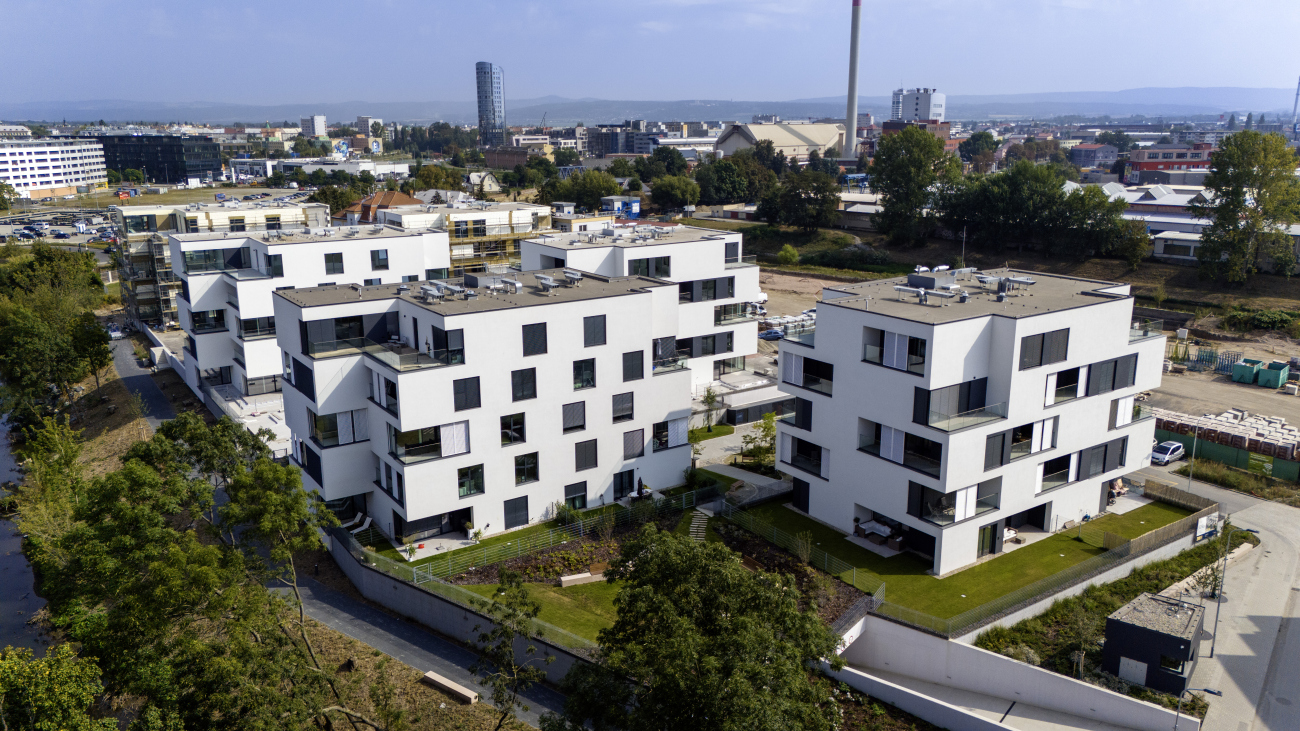 |
Šantovka Living is a development project located in an attractive area of Olomouc on land surrounded by the Morava River and the Mlýnský Stream. A benefit of this quiet location is its proximity to the historic center. It takes just a few minutes to walk to the popular Smetanovy Sady. The project, authored by the development company REDSTONE, has been divided into several phases, with the first two phases offering prospective buyers 68 residential units ranging from 2+kk to 4+kk layouts. The architecture of the Šantovka Living project is designed by the architectural and urban planning office STOPRO spol. s r.o. The park landscaping around the residential buildings was developed by Ing. Jakub Finger from the Partero studio.





















